Congratulations Russell Mittermeier!
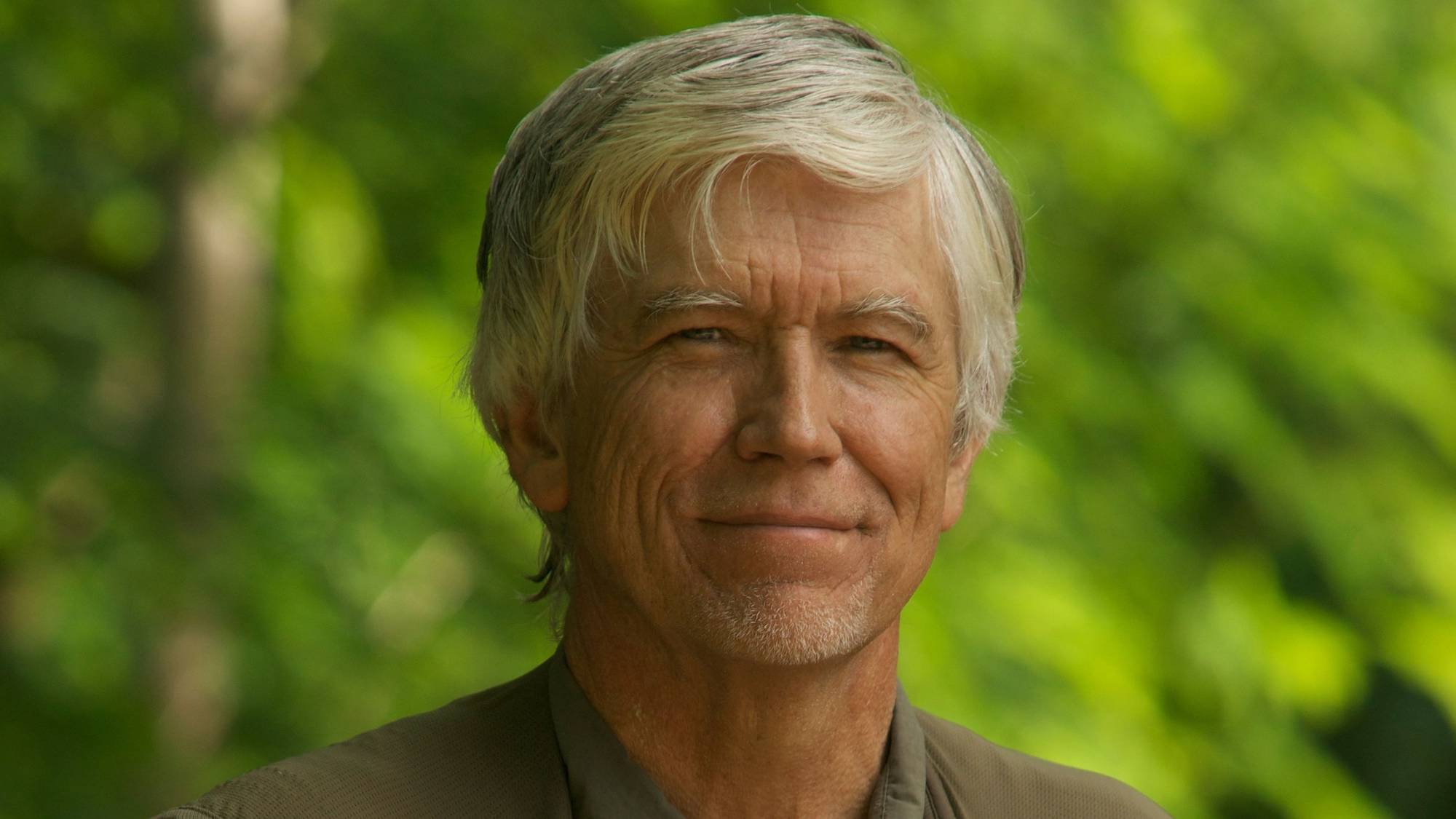
By Anders G.J. Rhodin and Rick Hudson:
This year the 13th annual Behler Turtle Conservation Award celebrates and honors Russell A. Mittermeier for his half-century of dedication to science and conservation of turtles and primates, as well as being a world-leading global conservationist of the highest caliber. Russ has been a hard-core herpetologist since childhood, with a particular interest in turtles, snakes, and crocodilians. As an undergraduate at Dartmouth (where he and Anders met and formed a life-long friendship) and at graduate school at Harvard, he pursued work on turtles and primates and carried out field work in Panama, Tanzania, Peru, Colombia, Brazil, and Suriname. The work in Brazil led to a number of publications on Amazonian turtles, the most notable of which was the redescription of the Red-headed Amazon Sideneck Turtle (
Podocnemis erythrocephala
).
In 1989, Russ became President of Conservation International, a position that he held for 25 years, switching to Executive Vice-Chair in 2014. At CI, he was the key figure in adapting Norman Myers' Biodiversity Hotspots concept as a core strategy for that organization for the next two decades, with hugely successful fundraising results. From Myers' original 10 hotspots, and then later 18, Russ and colleagues carried out research that eventually increased the number to 36. Russ also created the concepts of Megadiversity Countries and High Biodiversity Wilderness Areas as additional strategies for priority-setting, and also worked with several colleagues to adapt these and the Hotspots for turtle priority-setting as well. In addition, Russ has had a long history with IUCN. He has served as Chair of the IUCN Primate Specialist Group since 1977, and in 1979 began a process with Ed Moll and Peter Pritchard that resulted in the creation of the IUCN Freshwater Chelonian Specialist Group in 1981. He served as that new group's first Vice Chair under Ed Moll and has been on the Executive Committee of the combined IUCN Tortoise and Freshwater Turtle Specialist Group ever since, as well as a long-time and current Board member of Turtle Survival Alliance, Turtle Conservancy, Turtle Conservation Fund, and Chelonian Research Foundation. He was also present at the creation of the TSA in Fort Worth back in 2001. Other IUCN positions include the Steering Committee of the Species Survival Commission since 1982 and the IUCN Council from 2004 to 2012, and he was an IUCN Vice-President from 2008-2012. In December, 2017, Russ moved to Global Wildlife Conservation to work with Wes Sechrest and Don Church, and is currently that organization's Chief Conservation Officer. His work there, as it has for the past 50 years, focuses heavily on tropical forests and primates, with a strong side interest in turtles, working with last year's Behler Award winner Peter Paul van Dijk, now at GWC as well.
Although he has been involved in the creation of many different funding mechanisms for biodiversity conservation and is a regular participant in conferences on subjects as diverse as climate change, biodiversity, protected areas, and of course primates and turtles, he is happiest when out exploring yet another rain forest, or searching for a rare primate or turtle or some other flagship species on his bucket list, or adding yet another country to his Travelology List, currently at 169 countries. Indeed, based on a bird-watching model, he created the concept of Primate-Watching and Life-Listing to stimulate global interest in these animals, and is in the process of trying to do the same for Turtle-Watching. He has almost certainly been to more rain forests than anyone else and seen over 90 species of turtles in the wild.
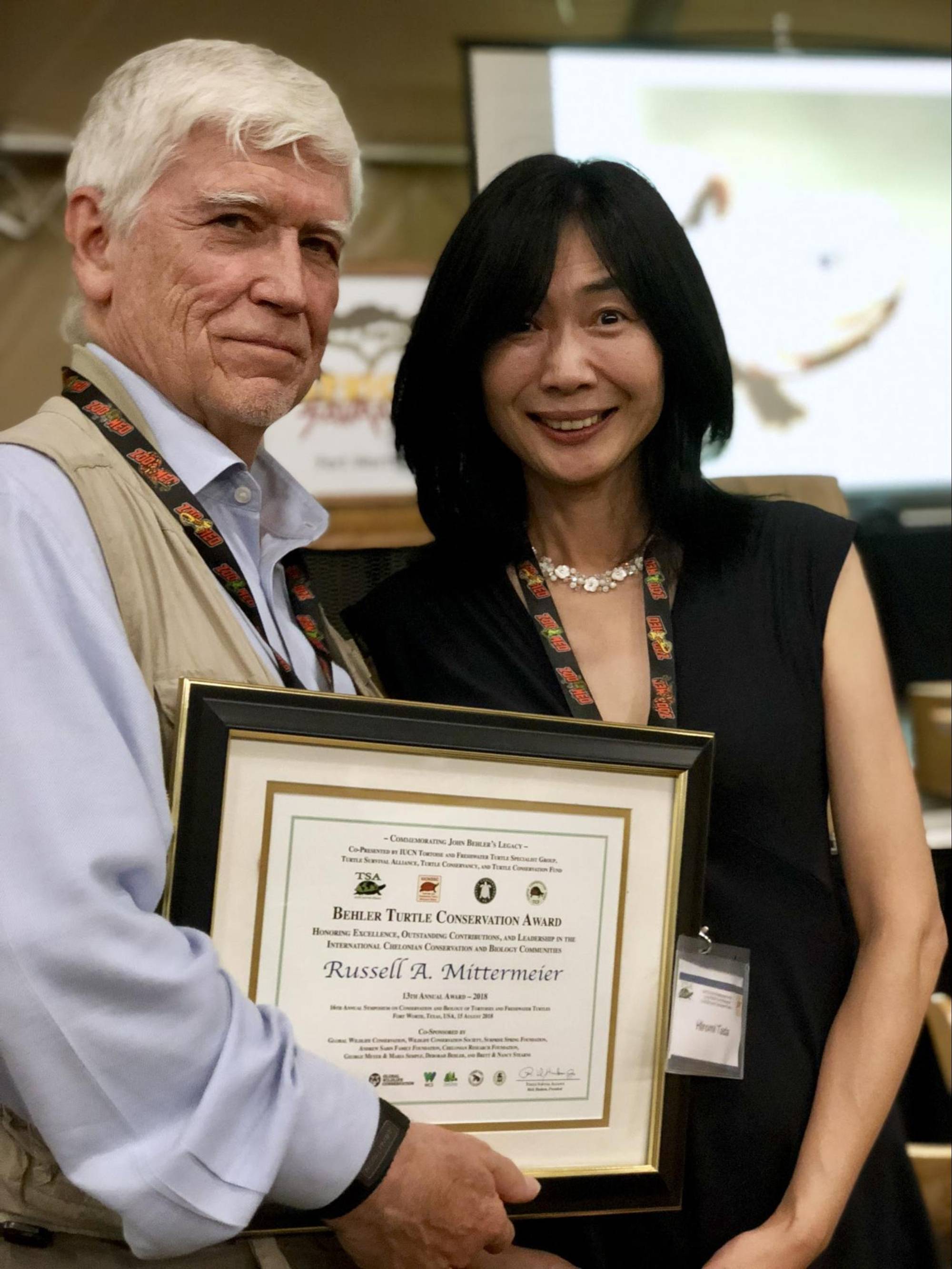
Russell Mittermeier and Hiromi Tada
Russ is especially proud of his work in discovering and describing species new to science. He has been involved in the description of 20 new species (3 turtles and 17 primates), has had 8 named after him (two lemurs, one saki monkey, three frogs, a lizard, and an ant – but no turtles yet), and has collected several named by other people. His work has been recognized by many different organizations, universities, and countries. He is a member of the American Academy of Arts and Sciences, has two honorary doctorates, one from Stony Brook and one from Eckerd College in Florida, was named a "Hero for the Planet" by Time magazine in 1998 (an honor shared by previous Behler Award winner Peter Pritchard), and has received nearly two dozen awards, including the Gold Medal of the San Diego Zoological Society (1987), the Order of the Golden Ark from Prince Bernhard of the Netherlands (1995), the National Order of the Southern Cross from the President of Brazil (1997), the Grand Sash and Order of the Yellow Star (1998) from the President of Suriname, the Sir Peter Scott Award for Conservation Merit from the SSC (2006), and the Harvard University Graduate School of Arts and Sciences Centennial Medal (2017). In September, he will also receive the prestigious Indianapolis Prize for his leadership in global conservation efforts. Last but not least, Russ has for a long time been a trusted friend, mentor, facilitator, and partnership builder for many in the turtle and global research and conservation communities.
The Turtle Conservancy is honored to join again this year the TFTSG, TSA and the Turtle Conservation Fund as co-presenters of the prestigious Behler Turtle Conservation Award, bringing together the four turtle organizations most closely tied to John Behler's legacy. This award would not be possible without the following group of dedicated and generous co-sponsors: Global Wildlife Conservation, Turtle Conservancy, IUCN Tortoise and Freshwater Turtle Specialist Group, Chelonian Research Foundation, Wildlife Conservation Society, Turtle Conservation Fund, Surprise Spring Foundation, Turtle Survival Alliance, Andrew Sabin Family Foundation, George Meyer and Maria Semple, Brett and Nancy Stearns, and Deb Behler.
Congratulations Russ, old friend—extremely well deserved!
Anders G.J. Rhodin and Rick Hudson,
Co-Chairs, Behler Turtle Conservation Award Committee
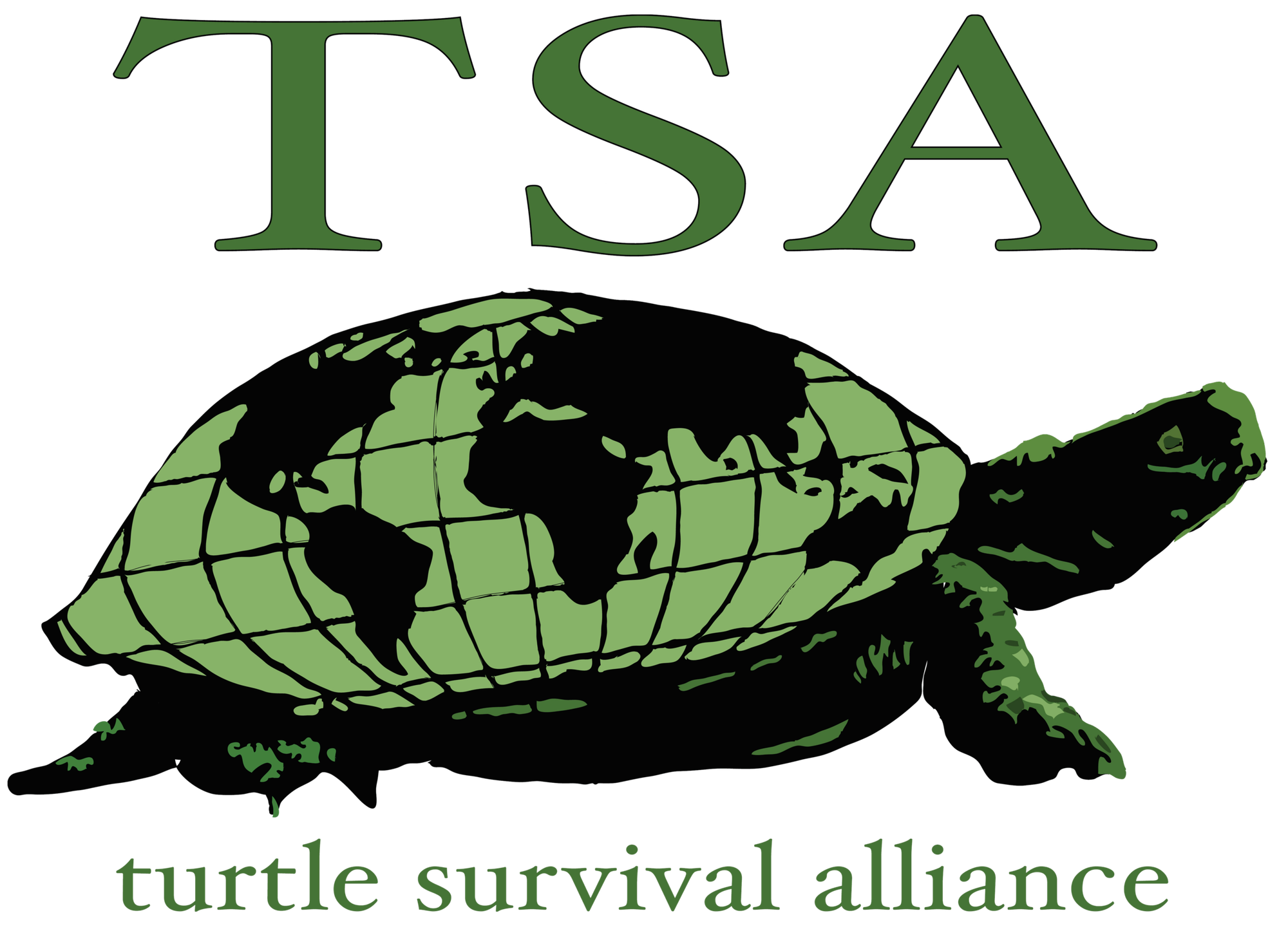
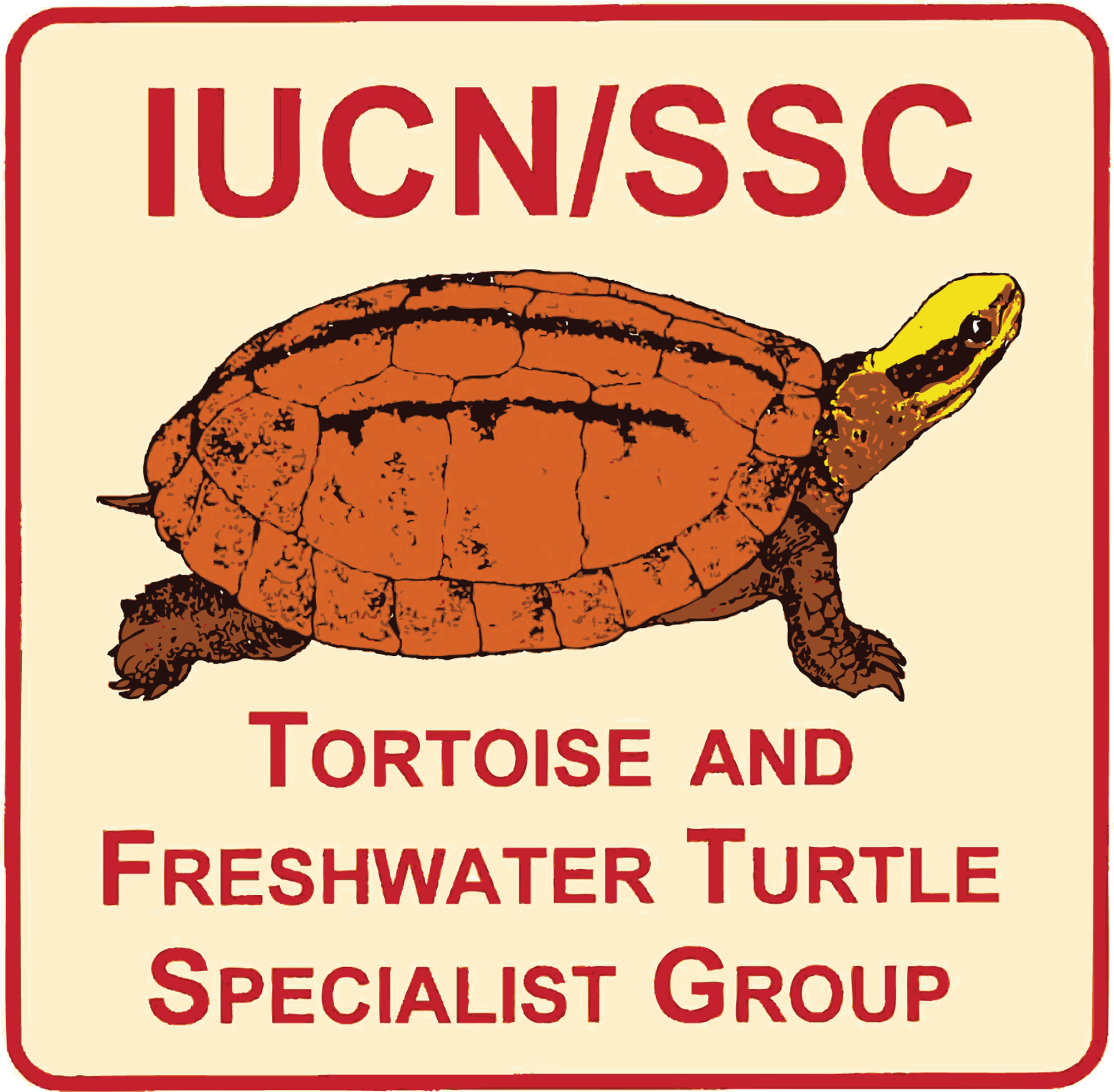

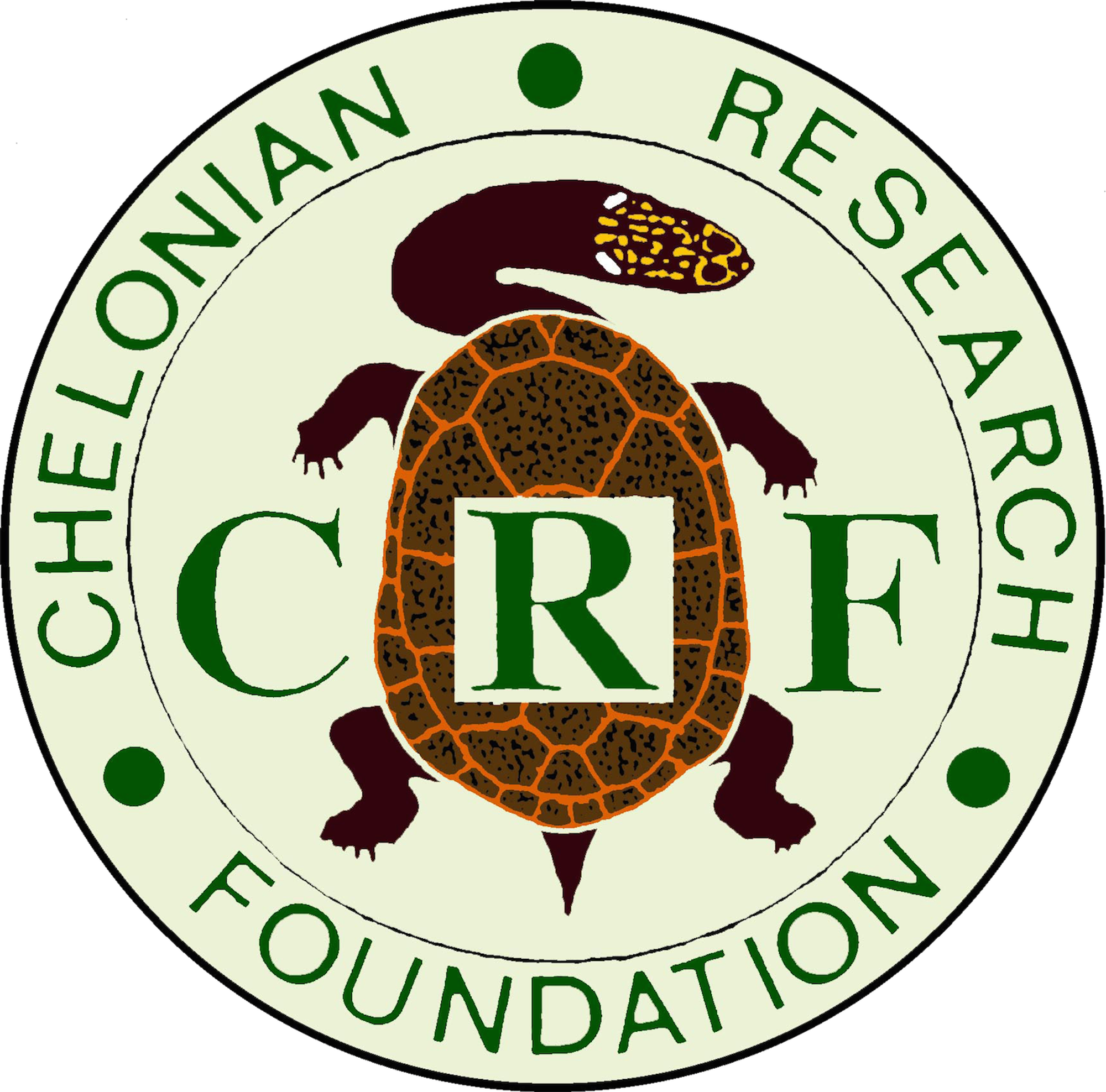
#block-yui_3_17_2_1_1535692982316_6221 .sqs-gallery-block-grid .sqs-gallery-design-grid { margin-right: -50px; }
#block-yui_3_17_2_1_1535692982316_6221 .sqs-gallery-block-grid .sqs-gallery-design-grid-slide .margin-wrapper { margin-right: 50px; margin-bottom: 50px; }